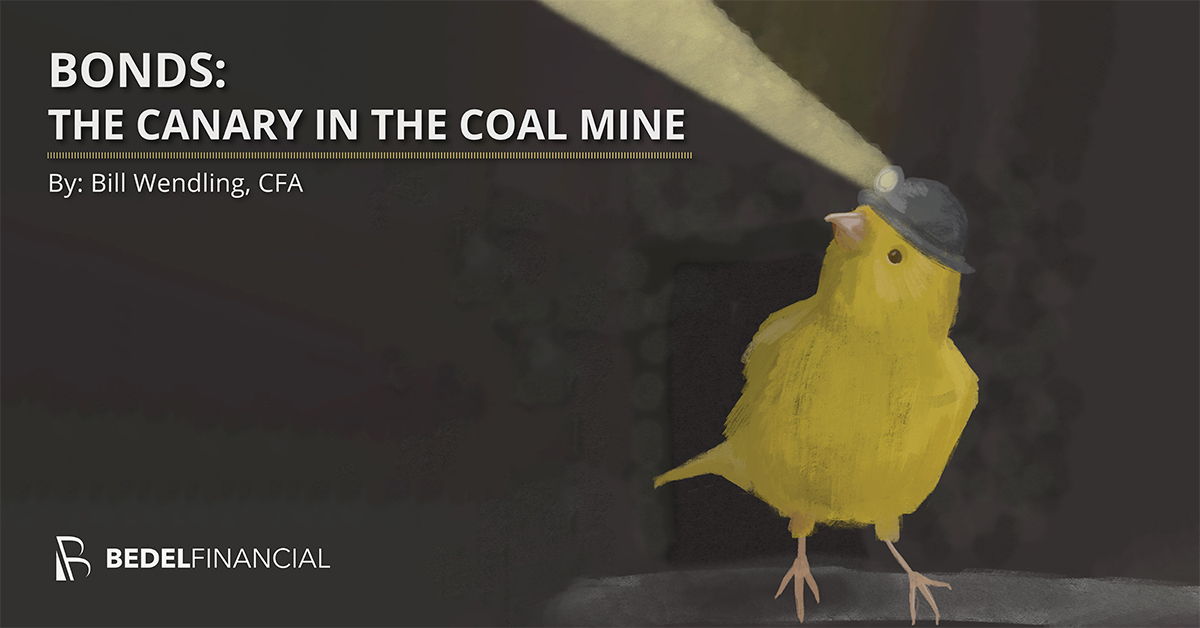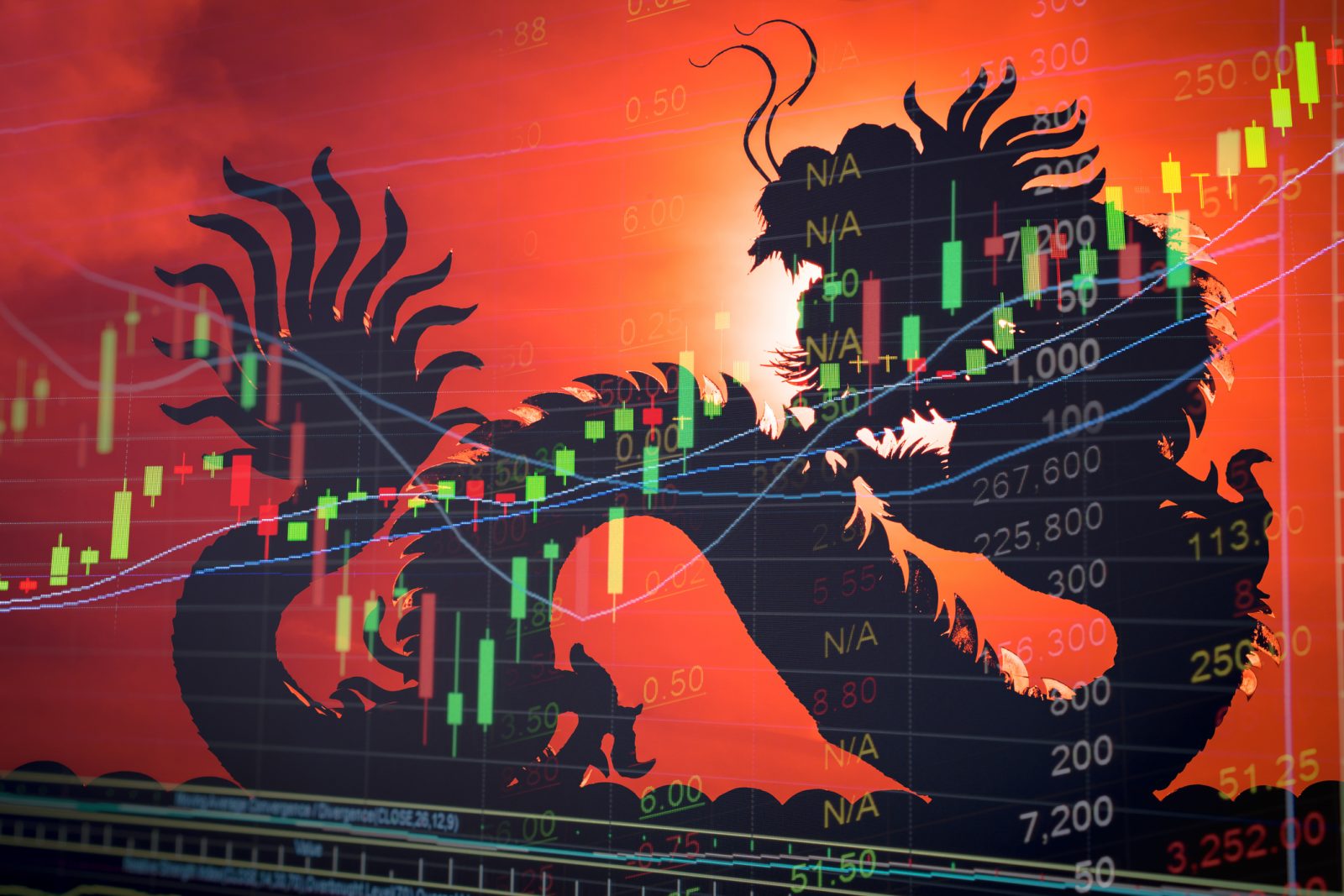Good morning, traders! We’re seeing a mixed bag in the Chinese government bond futures market this morning, and frankly, it’s a signal we need to pay very close attention to. The 2-year (TS) is up a marginal 0.02%, the 5-year (TF) eked out a 0.03% gain, and the 10-year (T) also climbed 0.03%. However, the long end – the 30-year (TL) – is feeling the pain, down a noticeable 0.08%.

What does this tell us? It’s not a screaming sell-off, but it’s a clear indication of shifting sentiment. The flattening of the yield curve – where short-term yields rise while long-term yields fall – often precedes economic slowdowns.
Let’s break down why this happens. Bond yields move inversely to prices. A rise in short-term futures suggests investors are anticipating potential tightening of monetary policy by the People’s Bank of China (PBOC).
Meanwhile, a decline in long-term futures implies a lowered expectation for future economic growth. Investors are essentially saying, ‘I’m less optimistic about the long-term prospects, so I want the safety of longer-dated bonds, pushing their prices up and yields down’.
It’s a nuanced move, but a vital one for risk management. Don’t get lulled into a false sense of security by the minor gains in the shorter maturities. The TL’s drop is a warning. We need to watch closely for further confirmation of this trend.
Understanding the Yield Curve: The yield curve plots the yields of bonds with different maturities. It’s a key indicator of market expectations for future interest rates and economic activity.
A normal yield curve slopes upward, indicating investors expect higher returns for lending money over longer periods.
An inverted yield curve – where short-term yields are higher than long-term yields – is often seen as a predictor of recession, signaling that investors believe economic growth will slow.
Flattening, like we’re seeing today, suggests economic uncertainty and potential risks ahead.






